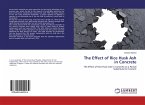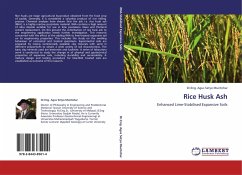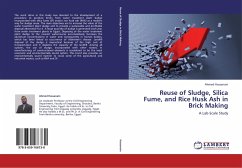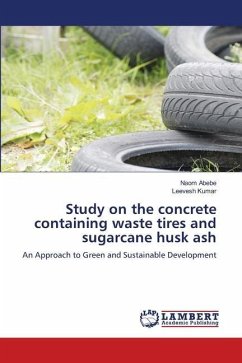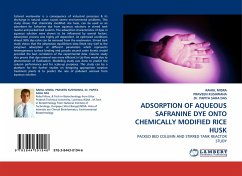The possibility of using black residual rice husk ash was investigated in this study. The black rice husk ash used was mostly amorphous silica and partially crystalline silica and its mean particle size of 12 µm. The black rice husk ash was applied in conventional concrete, self-consolidating concrete, high volume fly ash self consolidating concrete. The concretes were tested for both fresh and hardened stages, i.e. slump, slump flow, electrical resistivity, ultrasonic pulse velocity, chloride ion penetration, sulfate attack, length change, porosity and water absorption. The results show that up to 20% of black rice husk ash could be advantageously blended with cement without adversely affecting the strength and durability properties of both conventional and self-consolidating concretes. The high volume fly ash self consolidating concrete having 28-day compressive strength level of 28.47 44.98 MPa could be obtained with cement content of as low as 152 203 kg/m3 and the amount of fly ash and black rice husk ash of 60% in weight of binder amount. The above results definitively proved many possible applications of the black rice husk in concretes.




